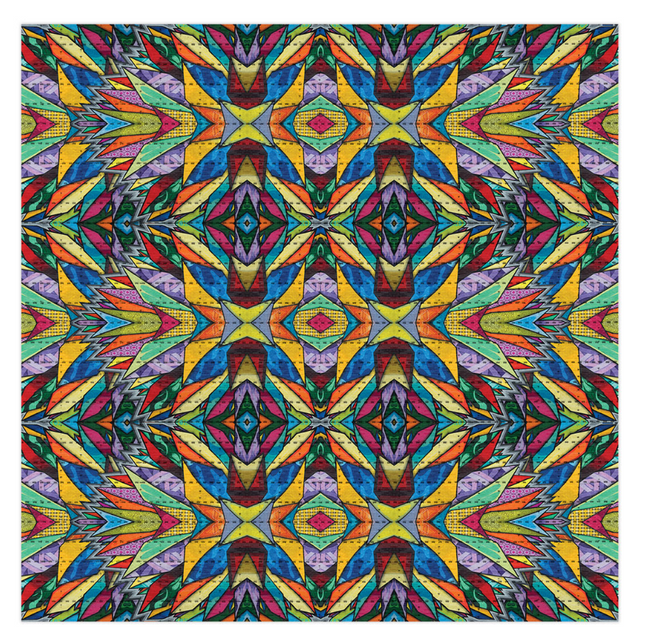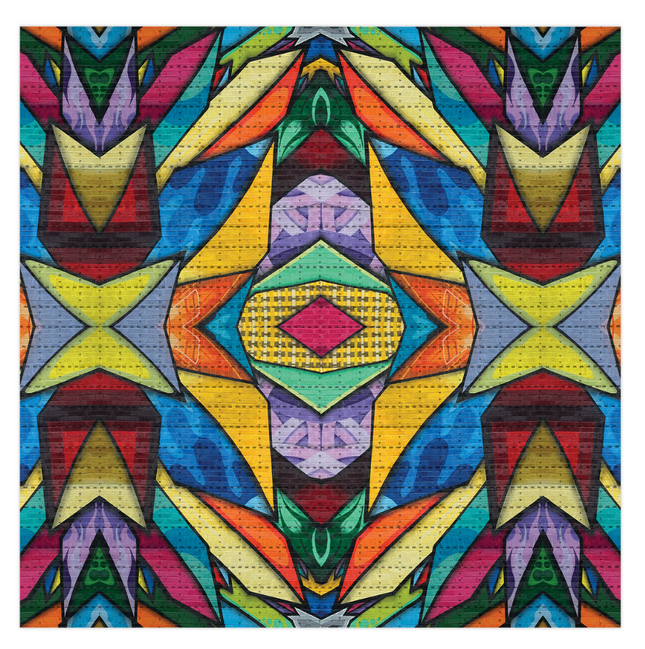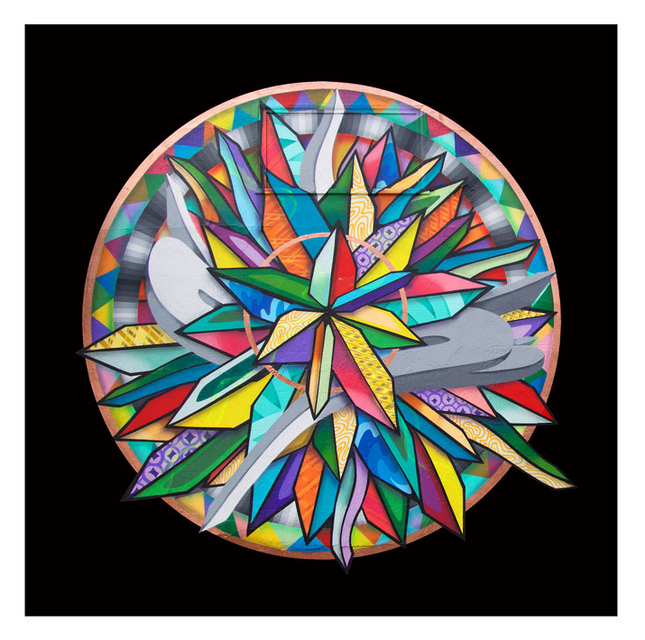Geometric Abstraction's Influence on Urban Art Forms
Geometric abstraction, a form of expression that relies on geometric forms in non-representational compositions, has significantly influenced pop art, street art, and graffiti. This stylistic approach discards the traditional artistic concerns of depicting the world realistically, instead celebrating the simplicity and emotional impact of shapes and colors. In cities' bustling, visually dense environments, geometric abstraction lends itself naturally to the punchy, immediate language of street pop art and graffiti artwork. Geometric abstraction is a style of art that emerged in the early 20th century and involves using geometric shapes, lines, and colors to create abstract compositions. Graffiti art and pop art are two art movements that have incorporated geometric abstraction in their work. In graffiti art, geometric abstraction is often used to create complex lettering styles and designs. Graffiti artists use bold, angular shapes and lines to create intricate lettering that can be read from a distance. They also use geometric shapes to create abstract compositions that add depth and dimension to their work.
On the other hand, pop art uses geometric abstraction to create bold, graphic images often inspired by popular culture. Artists like Andy Warhol and Roy Lichtenstein used bright, flat colors and simplified shapes to create images that were easily recognizable and had a mass appeal. Both graffiti art and pop art have been influenced by the modernist movement, which emphasized the use of abstract forms and emphasized the importance of the visual experience over the meaning behind the artwork. Geometric abstraction has been a critical component of this movement, allowing artists to create visually engaging compositions that capture the spirit of their time. The essence of geometric abstraction lies in its ability to evoke emotion and construct meaning through the fundamental elements of art: line, color, and form. Artists of the street pop art movement, drawing on the legacy of geometric abstraction, harness these elements to create visually striking pieces that capture the attention of passersby and comment on the urban experience. These works often function as a visual respite from the chaos of the city, offering passersby a moment of aesthetic and often intellectual engagement.
Geometric Abstraction in Street Pop Art and Graffiti
In the context of street pop art and graffiti, geometric abstraction is a bold statement against the organic forms of the natural world and the softness often associated with traditional art. Artists working on the streets use geometric abstraction to bring a sense of order and rhythm to the irregular and unpredictable surfaces of the urban landscape. Murals and tags characterized by sharp lines and bright, flat colors can transform a dull wall into a vibrant, living canvas, engaging viewers with their simplicity and the often complex ideas they represent. These artists often explore the relationship between form and space, creating optical illusions or engaging in a dialogue with the architecture they adorn. Geometric shapes can be arranged to lead the eye, to challenge perceptions of depth and perspective, or to playfully interact with the existing lines and contours of the cityscape. As a tool for communication, geometric abstraction in street pop art and graffiti artwork transcends language barriers and cultural differences. It is a universal language conveying concepts and emotions without using symbolic imagery. This is particularly powerful in the urban environment, where the audience is diverse, and the opportunity for interaction is fleeting. Artists may use geometric abstraction to convey messages about contemporary society – the digital age with its pixels and screens, the urban environment with its grids and structures, or even psychological states mirrored by the harmony or tension within a geometric composition. Through such expressions, the rigid forms become a metaphor for the order and sometimes the rigidity of modern life. Geometric abstraction within street pop art and graffiti artwork offers a way to break down visual experience to its most fundamental aspects. It provides a form of artistic expression that is both accessible and profound, inviting viewers to contemplate the interplay of shapes and colors and to find their meanings within the abstract compositions that have become an integral part of the visual language of the streets.








